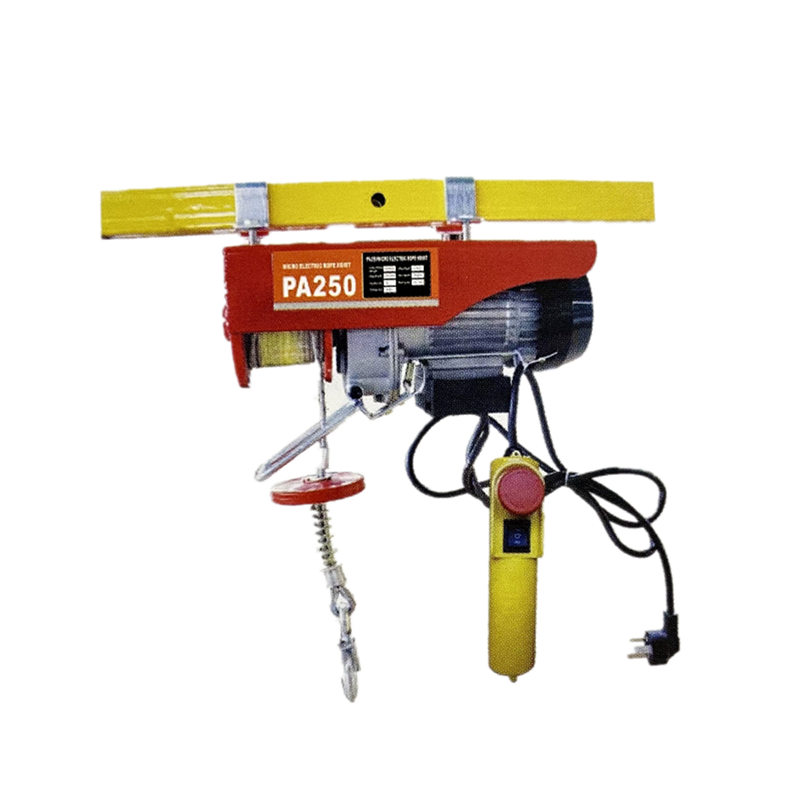


The Low-Level Pallet Truck A Vital Tool for Modern Warehousing
In the rapidly evolving world of logistics and warehousing, efficiency and productivity are paramount. One of the tools that have emerged as essential in streamlining operations is the low-level pallet truck. This piece of equipment has become a staple in warehouses, distribution centers, and retail environments, enabling workers to handle heavy loads with ease while minimizing the risk of injury.
What is a Low-Level Pallet Truck?
A low-level pallet truck, often referred to as a low-lift or hand pallet truck, is a manual or electric lifting device designed to move pallets of goods over short distances. Unlike high-level order pickers, which allow workers to retrieve items from shelves at elevated heights, low-level pallet trucks operate at ground level. They typically feature two forks that can slide under a standard pallet, lifting it a few inches off the ground to facilitate movement.
Key Features and Advantages
1. Ease of Use Low-level pallet trucks are designed for user-friendliness. Manual models can be easily maneuvered by one worker, thanks to their ergonomic handle and steering capabilities. This ensures that even a single operator can effectively transport heavy loads without difficulty.
2. Compact Size These trucks have a compact design, making them particularly well-suited for narrow aisles and tight spaces commonly found in warehouses. Their size allows workers to navigate through crowded areas without the risk of colliding with shelving or other obstacles.
3. Cost-Effectiveness Low-level pallet trucks are generally more affordable than their high-lift counterparts or electric forklifts. This makes them an attractive option for small to medium-sized businesses looking to improve their material handling capabilities without breaking the bank.
4. Versatility Whether used for loading and unloading deliveries, moving goods within the warehouse, or preparing items for shipment, low-level pallet trucks can fulfill multiple roles. Their versatility makes them invaluable in various industries, from retail to manufacturing.

5. Enhanced Safety By allowing workers to lift and transport pallets without excessive strain, low-level pallet trucks contribute to a safer working environment. They help minimize the risk of injuries such as musculoskeletal disorders, common in manual material handling settings.
The Importance of Maintenance and Training
While low-level pallet trucks are relatively straightforward to operate, it is crucial for organizations to prioritize maintenance and ensure that staff are adequately trained. Regular inspections and maintenance routines help identify potential issues before they escalate into serious problems, ensuring equipment longevity and optimal performance.
Training workers on the safe operation of pallet trucks is equally important. Workers should be familiar with the specific model they are using and understand best practices for lifting, maneuvering, and stacking loads. By fostering a culture of safety and competence, businesses can significantly reduce workplace accidents and improve overall efficiency.
Innovations in Low-Level Pallet Trucks
In recent years, manufacturers have made significant advancements in the design and functionality of low-level pallet trucks. Electric versions now offer enhanced features like ergonomic controls, powered steering, and even integrated scales for weighing loads. These innovations not only improve efficiency but also assist workers in maintaining productivity levels without compromising safety.
Conclusion
The low-level pallet truck is more than just a piece of equipment; it is a crucial component of modern warehousing and logistics operations. Its design, functionality, and cost-effectiveness make it a preferred choice for businesses aiming to enhance their material handling processes. As the industry continues to evolve, the demand for efficient, reliable equipment like low-level pallet trucks will only grow. By recognizing their significance and employing best practices in maintenance and operation, organizations can leverage these tools to boost productivity and ensure a safe working environment for their employees.



